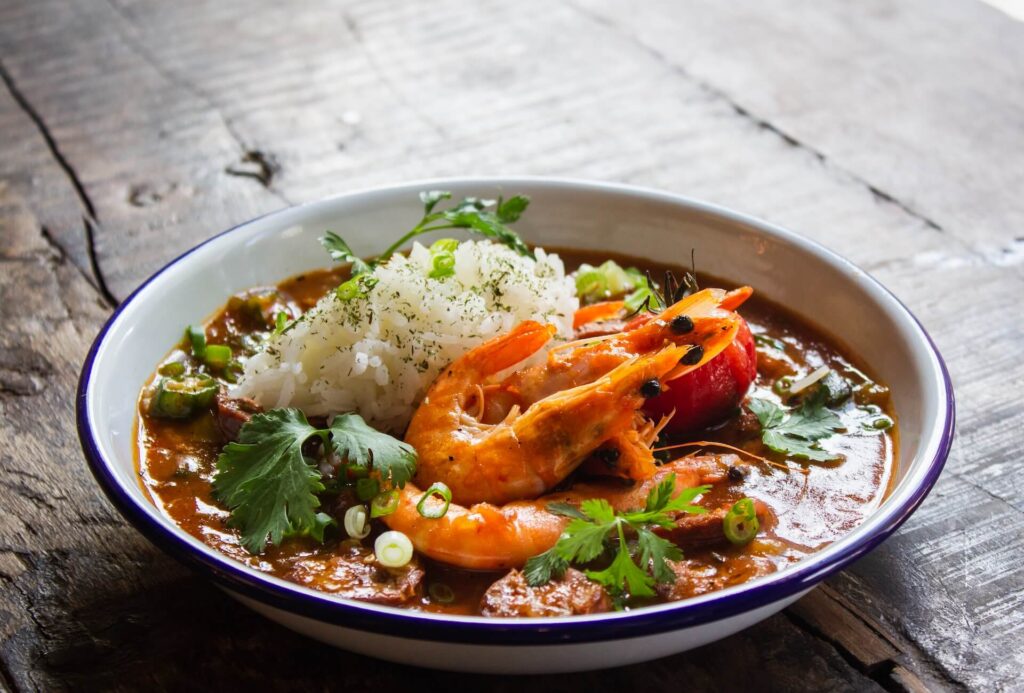
Cooking with marijuana has been gaining momentum in Thailand since marijuana was removed from the drug list.
Many investors and chefs are creating dishes with marijuana and exploring the many possibilities of cannabis.
Cannabis is a plant with a unique smell, but is it suitable for use in cooking?
Let’s explore why so many dishes are made with cannabis in Thailand.
Why are so many dishes made with marijuana?
Before marijuana was regulated in Thailand in 1934, it was a plant that was deeply involved in people’s lives.
Marijuana is familiar to people for both medicinal and culinary purposes, and a 1908 cookbook even includes a recipe for curry made with marijuana.
With the decriminalization of cannabis, many old traditional dishes have been revived.
Cannabis has long been the herb of choice for noodle soups and traditional dishes.
Thai cuisine is highly acclaimed around the world, and the revival of dishes made with marijuana is sure to bring even more appealing Thai cuisine to the rest of the world.
Which parts of marijuana are used for cooking?
When marijuana is used in cooking, the roots and leaves are often used, not the flowers or buds.
The roots and leaves are rich in glutamic acid, which is thought to bring out the flavor of the food.
In addition, cannabis is expected to have anti-inflammatory and immune-boosting effects.
It also improves digestion, and taking cannabis with meals can provide even better benefits.
What kind of food is it used for?
It is used in Thai dishes such as gapao rice, laap, omelets with cannabis leaves, soups with powdered cannabis leaves, pizza, and noodles.
It was mentioned in old cookbooks and used in many dishes in each region.
As mentioned earlier, the roots and leaves are rich in glutamic acid, which is believed to be the secret of its delicious taste.
Conclusion
Since marijuana was removed from the drug list in Thailand, it has been used more and more for cooking.
In Thailand, the use of cannabis in cooking has been around for a long time, and it is not so much a new culinary creation, but rather the return of a traditional cuisine to the modern age.
The use of cannabis in cooking is expected to have anti-inflammatory and immune-boosting effects.
